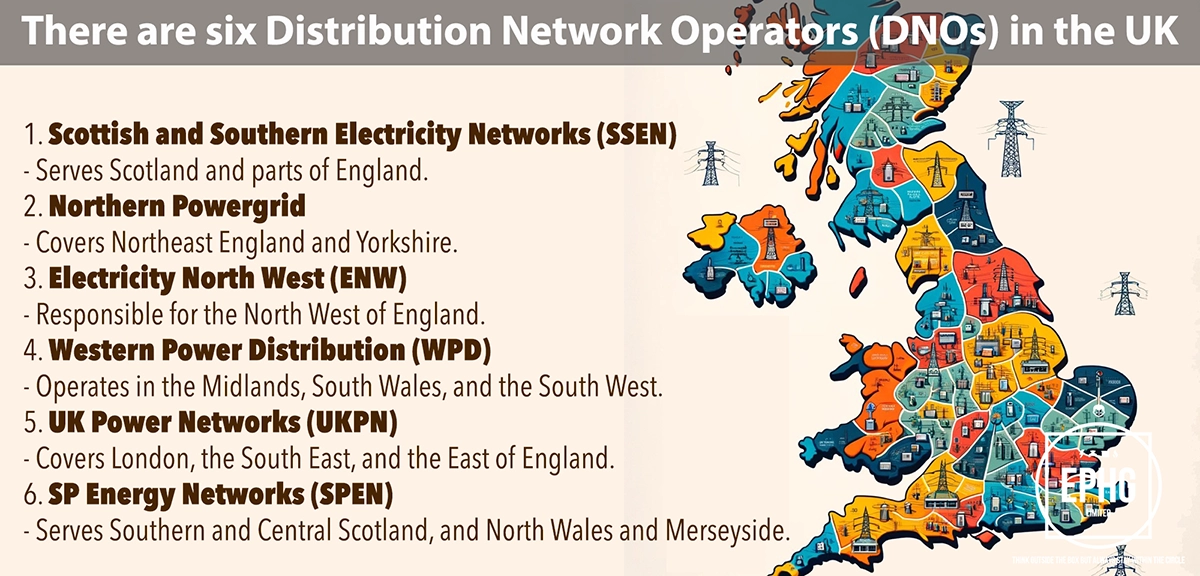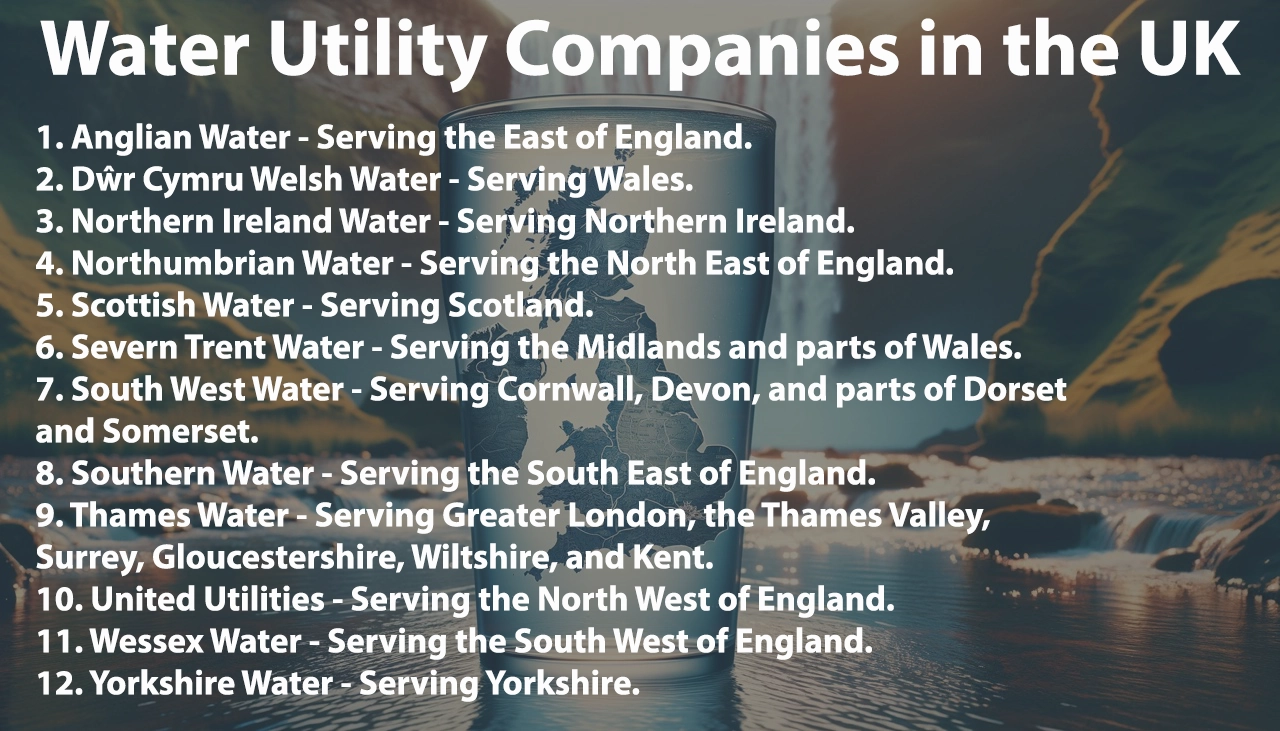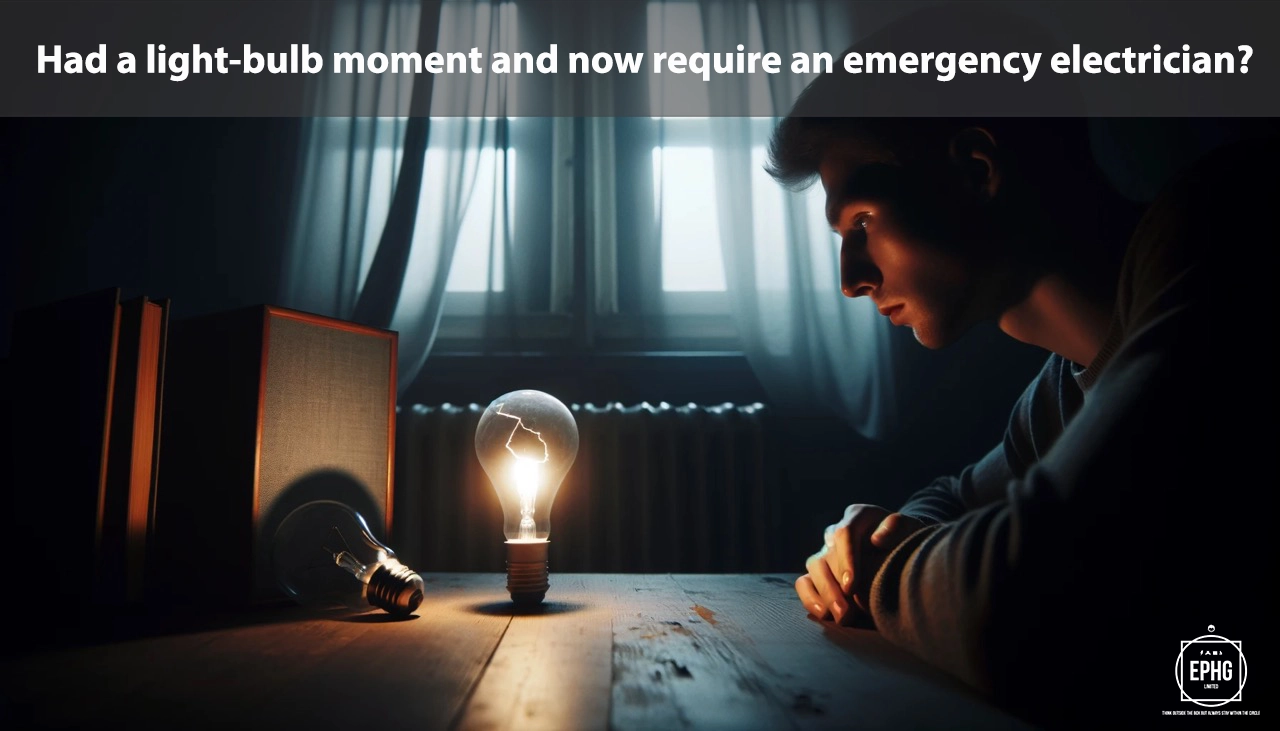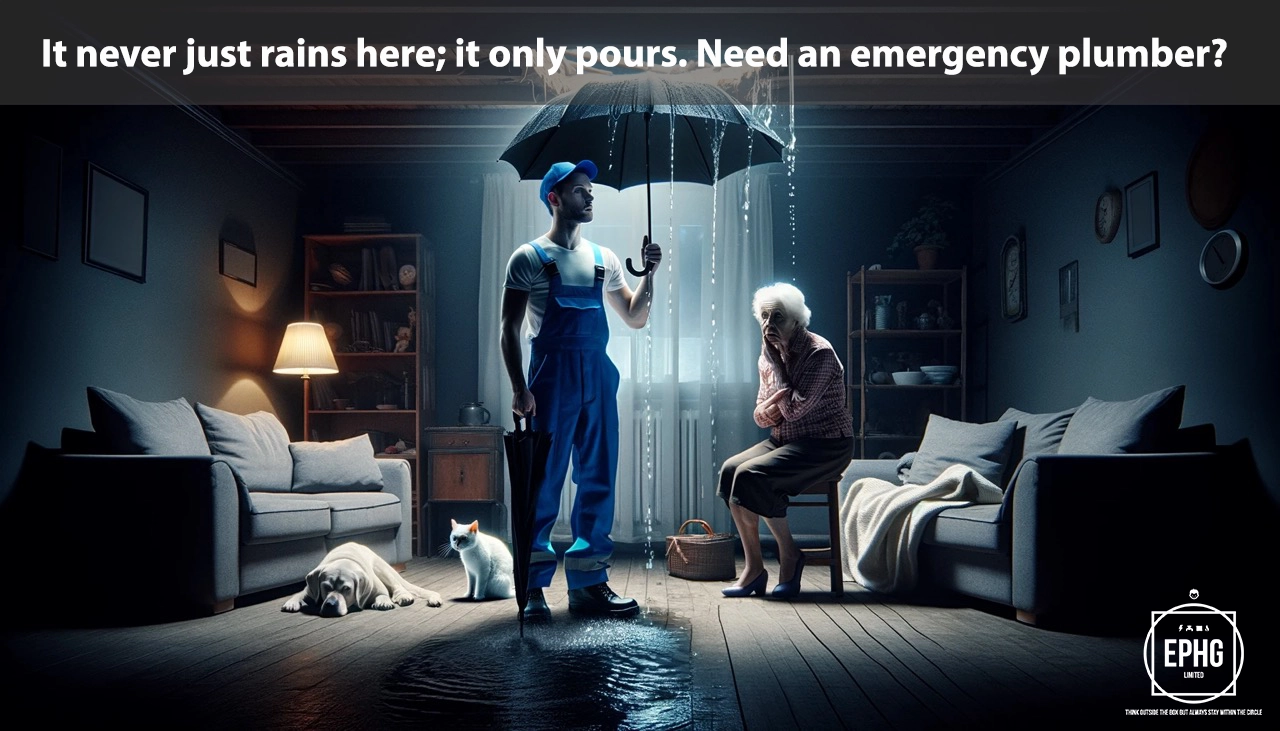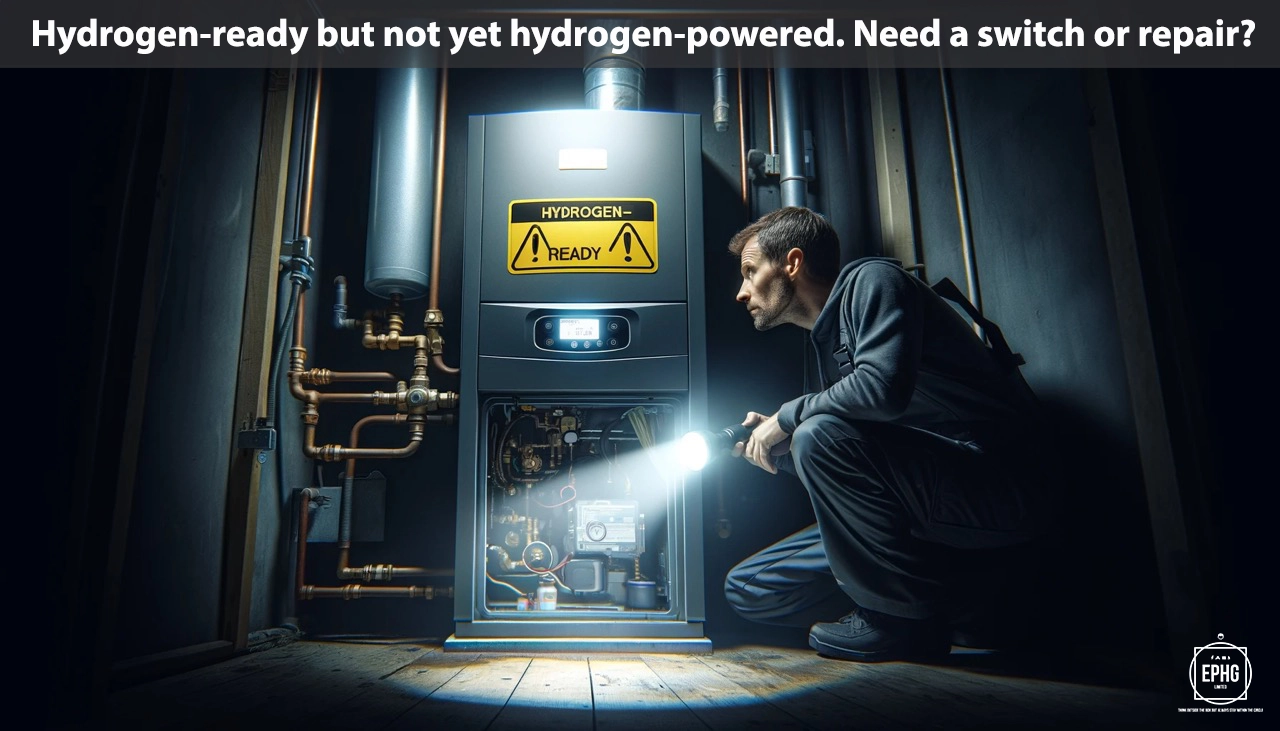
SR Postcodes for Utilities & Services
Introduction: The SR postcode area, covering Sunderland and its surrounding regions, provides valuable insights into the utilities and services available to its residents. This article aims to shed light on water and electricity provisions, among other vital services for the community.
Water in Sunderland
Where does the water supply come from in the SR postcode area and is there ever a shortage of water?
In the SR postcode area, particularly around Sunderland, the main sources of water supply include the River Wear and the underground aquifers. These are crucial for meeting the local demand, with several treatment facilities ensuring the water adheres to safety and quality standards before it reaches consumers. Despite the SR area generally experiencing a reliable water supply, it remains susceptible to challenges such as climate change, urban expansion, and occasional dry periods, which can impact water availability. Water companies and local authorities actively monitor water levels and implement conservation strategies as necessary. The infrastructure is designed to manage the balance between supply and demand effectively; however, residents are encouraged to engage in water-saving practices to help ensure sustainability.
What is the hardness & quality of the water in the SR postcode area and can this affect your health?
The water in the SR postcode area typically varies from moderately hard to hard due to its journey through various geological layers. This means the water contains higher levels of minerals like calcium and magnesium, which can result in scale buildup in pipes and appliances and affect soap efficiency. However, the water is subject to stringent regulatory standards, ensuring it remains safe for consumption. While hard water is not directly harmful to health and can contribute to dietary mineral intake, individuals with specific health conditions or sensitive skin may notice differences. Local water authorities are committed to maintaining and improving water quality and are available to address any concerns residents might have regarding water safety or hardness.
Electricity in Sunderland
Where does the electric supply come from in the SR postcode area and what is the future of energy there?
The electricity supply in the SR postcode area, mainly Sunderland and its adjacent regions, is sourced from a combination of traditional fossil fuels and an increasing proportion of renewable energy sources. The area benefits from contributions from offshore wind farms and is exploring further opportunities in solar and tidal energy, reflecting a broader shift towards sustainable energy solutions. Sunderland is committed to enhancing its green energy capabilities and reducing carbon emissions, in line with national and global environmental goals. The future of energy in the SR area is focused on expanding renewable resources, improving energy efficiency, and adopting innovative technologies to ensure a sustainable and secure energy supply for its residents.
When is hydrogen coming to gas boilers in the SR postcode area?
The integration of hydrogen as a clean energy source for heating in the SR postcode area is part of a wider initiative aligned with the UK’s transition towards net-zero carbon emissions. Although specific dates for the widespread introduction of hydrogen boilers are yet to be confirmed, the region is expected to follow the national roadmap, which includes pilot schemes and gradual rollout plans. Residents should keep their current heating systems in good working order while staying informed about the developments in hydrogen technology and infrastructure. Local energy suppliers and services will provide necessary information and support as the region prepares for the transition to more environmentally friendly heating options.
Where Does the Wastewater Go in the SR postcode area?
Wastewater management in the SR postcode area involves a systematic approach to collecting, treating, and disposing of sewage and runoff water. The area's wastewater is treated at local facilities where it undergoes extensive purification processes to meet environmental standards. This treated water is typically returned to local watercourses, such as the River Wear, ensuring that it does not harm the ecosystem. The commitment to effective wastewater treatment highlights the region's dedication to protecting both the environment and public health, maintaining the cleanliness and safety of local water bodies for future generations.
Regions and Services:
The SR postcode area showcases a rich tapestry of urban and coastal environments, each supporting a vibrant community with its own utility needs. Key areas include:
- Sunderland City: The central hub for utilities development in the region, equipped with comprehensive electrical and gas infrastructures and steadily increasing its renewable energy sources.
- Seaham, Peterlee, and Houghton-le-Spring: Communities that combine traditional services with modern advancements, reflecting their historical roots and evolving landscapes.
- Washington, Jarrow, and South Shields: Areas focusing on enhancing their green energy initiatives and infrastructure to complement established utility services, promoting sustainable development.
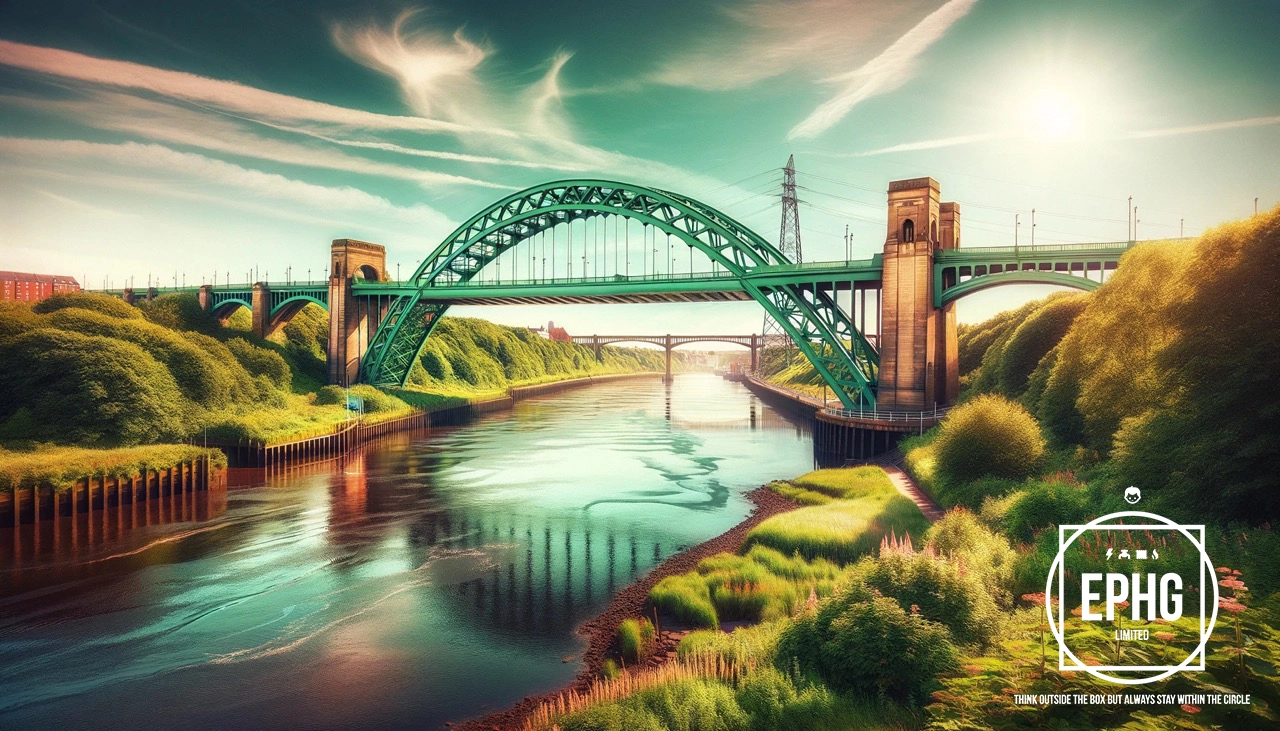
Regions within the SR Postcode
Sunderland and Surrounding Areas
- SR1: Sunderland City Centre, East End, Hendon - Central areas known for their retail, business sectors, and cultural sites.
- SR2: Ashbrooke, Ryhope, Grangetown, Hendon - Combining residential zones with parks and coastal access.
- SR3: Tunstall, Silksworth, Springwell, East Herrington, Chapel Garth, Doxford Park - Suburban areas with community amenities and green spaces.
- SR4: Pennywell, South Hylton, Grindon, Thorney Close, Plains Farm - Residential areas known for their local facilities and parks.
- SR5: Castletown, Downhill, Fulwell, Hylton Castle, Redhouse, Witherwack - Areas with a mix of residential and industrial landscapes.
- SR6: Cleadon, Fulwell, Roker, Seaburn, Whitburn - Coastal regions known for their beaches, parks, and leisure activities.
- SR7: Seaham, Murton, Seaham Harbour - Known for their heritage coastline, local history, and community spirit.
- SR8: Peterlee, Easington, Easington Colliery - Towns and villages with mining heritage and developing residential areas.
- SR9: Sunderland non-geographic - Used for PO boxes and other non-geographic addresses within Sunderland.
